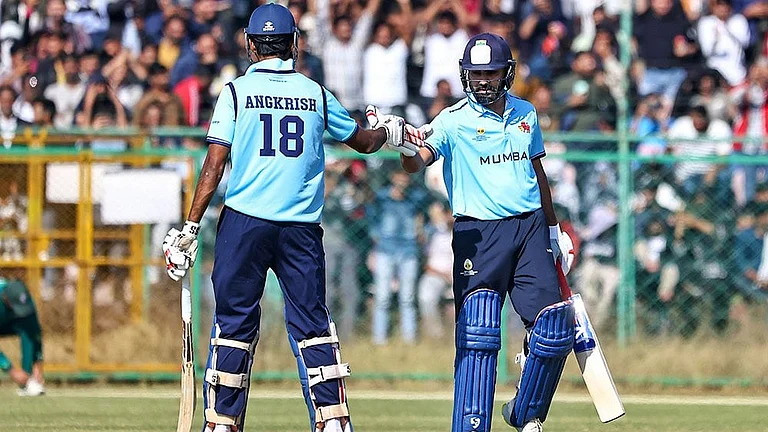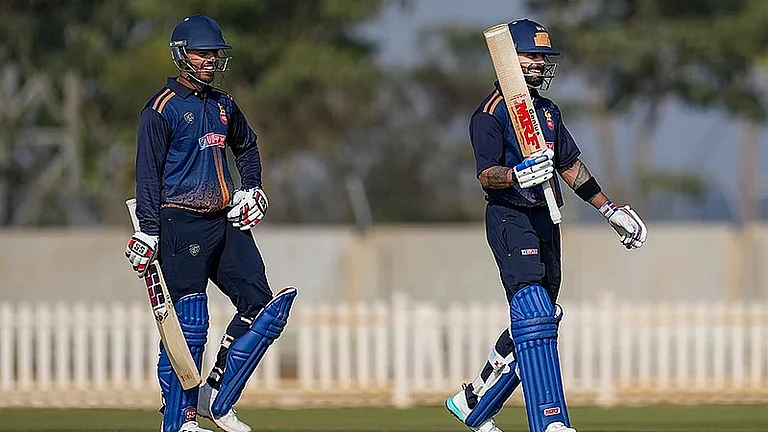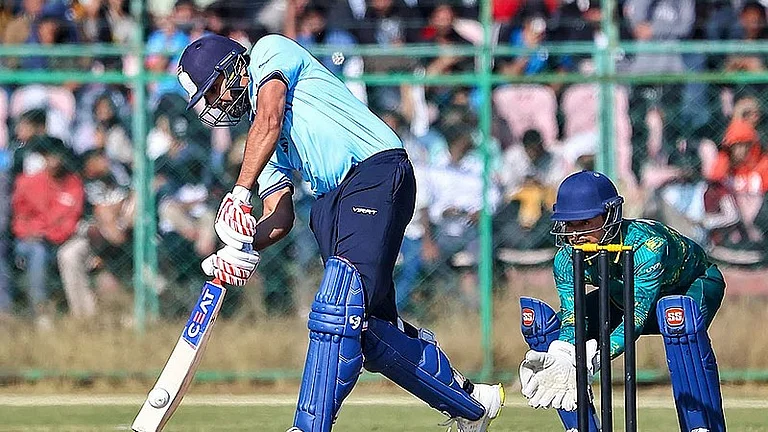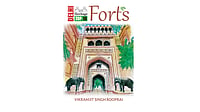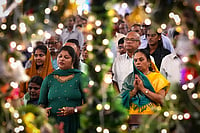This book unabashedly throws a gauntlet in the face of Hindutva. In Why I am a Hindu, Shashi Tharoor reminds readers of the openness of Hinduism—a way of life with interpretations and practices left open to followers. He states that Hinduism could still be an open religion since at heart most people prefer to choose the deity they relate to and practise their faith in an understated manner.
Tharoor starts with his own home, and how he picked up whatever he knew from his family while choosing Ganesha as his favourite deity. His father was simple in his beliefs and never forced his son to join him in prayers.
From the personal, Tharoor’s world of Hinduism expands to the public, or to society. He writes about how Hinduism has the capacity to take in other faiths if required and how there is no one theory. He also states that the rigidity of the caste system was reinforced by the British. This was accepted as valid by later generations of Indians, who found their original traditions rather too abstruse for their liking. To highlight the fact that Hinduism was not casteist, Tharoor brings up the story of Adi Shankaracharya and the Chandal. To strengthen his argument, Tharoor goes on to talk about various reformers down the ages. He reserves his admiration for Swami Vivekananda, who spoke to the world about the openness of Hinduism.
Hinduism began to adapt to take in external influences in keeping with its history. There was no particular problem during the Mughal era, as many rulers had Hindu warriors in their armies and married the daughters of Hindu kings. Nor was there any move towards conversion, even in Aurangzeb’s time.
The problem began with the British—the colonial rulers who were befuddled by Hinduism with its thousands of deities and were convinced of something vaguely savage about the ‘Hindoos’. Raja Rammohan Roy founded the Brahmo Samaj in an attempt to give Hinduism the appearance of monotheism with a recognisable church-going format. Ultimately, of course, the British straitjacketed Hinduism to make administration easier for themselves by giving Indians an identifiable anchor and nationalists accepted this newly-packaged aspect of what had been an easy-going way of life. Though there had always been dissensions between the schools that believed in the Vedas and those that subscribed to the Sramanic tradition, these were ignored in the form propagated by the Orientalists.
Following a timeline, Tharoor winds down through gradually changing theories of Hinduism, leading up to the almost rigid set of principles that Hindutva has begun to dictate—turning, says Tharoor, into something like a football team with a rowdy bunch of fans. He goes through the theories of V.D. Savarkar, M.S. Golwalkar and praises Deen Dayal Upadhyay, who said that nationalism could possibly encompass all religions, provided the basic tenets of ‘Bharat mata’ and ‘Hindu superiority’ were accepted.
The final section discusses political Hinduism of the kind that has been prevalent for the last few years. According to Tharoor, the Hindutvavadis are following a model close to an almost monotheistic puritanism—which is ironic, given the prevalent antipathy to Westernisation—based on what the British laid down. He talks about Ayodhya and Godhra and speculates that Narendra Modi is trying to establish a legacy for the Hindutvavadis because the BJP has no lineage like that of Jawaharlal Nehru. The fact that Tharoor is essentially a liberal is clear, as is the fact that he is a member of the UPA.
Through the ages, Hinduism took in popular opinion and adapted accordingly. When the core belief was losing appeal, Hindu philosophy broke into splinter groups like Buddhism and Jainism to offer a wider approach. Tharoor uses a perorative approach, peppering his writing with phrases like ‘as I said above’ or ‘I will expand on this’, so that the book sounds like an easy-flowing conversation between student and teacher. Through this, he describes the state of Hinduism as it was and as it is, supporting his theories with quotes and stories.
However, what is missing, perhaps, is a concrete suggestion as to what Hinduism might become and how it could rise above the current scenario. Tharoor’s suggestion is that we should go back to the original texts in their diversity and examine them in search of a solution—in short, return to the fundamentals to combat fundamentalism. The question is, given the way things are, is that a strong enough solution? Surely, the religion he describes as a shape-shifter could shift shape yet again to rise to the occasion.








